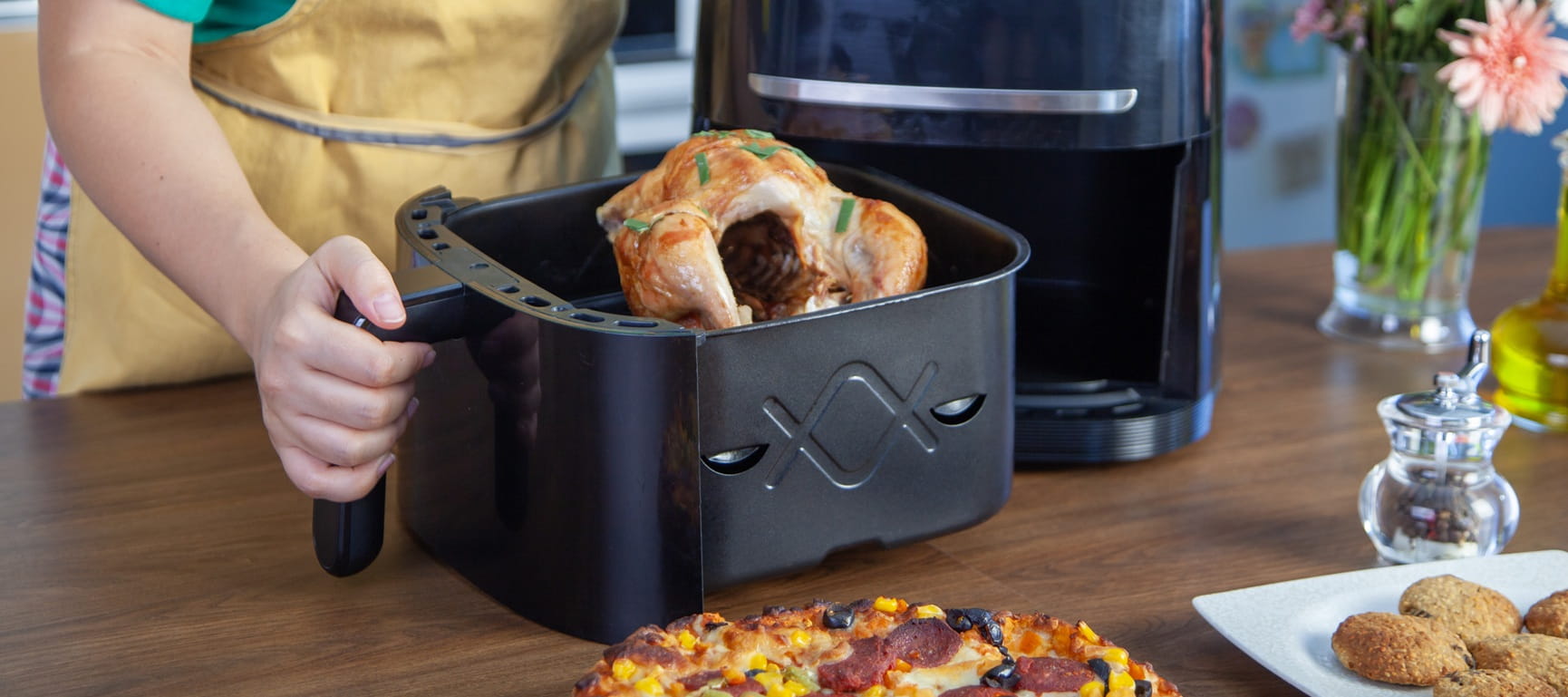The best ways to descale an iron – and the mistakes to avoid
Because a scale-filled iron can ruin your clothes.

Because a scale-filled iron can ruin your clothes.

If ironing isn’t your favourite chore, chances are descaling an iron won’t be top of your to-do list either.
However, just as a crinkled shirt will not do, nor will one that is adorned with blotches of limescale from a clogged-up iron. We’ve all been there, seeing those chalky calcium deposits kindly splutter out on to a fresh pair of black linen trousers, leaving a less than discreet mark to deal with…
Although pesky limescale is simply part of an iron’s existence, it mustn’t be ignored. Getting rid of it doesn’t only keep your clothes in good nick, it also ensures the longevity of the iron itself. Descaling an iron doesn’t have to be a cleaning ordeal either – it can be done in as little as 15 minutes.
So, what’s the best way to tackle the limescale in your iron? From classic shop-bought products to more natural methods – and ways to prevent limescale build-up in the first place – here’s what the professionals recommend.
According to Henry Paterson, cleaning expert at cleaner-finding website Housekeep, these are the sure-fire signs that it’s time to descale your iron:
We spoke to Declan Doyle, product manager at Tefal, who explains why it’s so important to regularly descale your iron. “It is key to descale your iron for three reasons,” he says.
"Maintaining the level of performance over time, avoiding dirty stains on your clean linen, and making sure your iron will last for a long time."
"The frequency will depend on the product and on the anti-scale system it comes with.”
“Both Oust (Amazon, £3.87 for three sachets) and Quickshine Descaler Bag (Amazon, £9.99 for four sachets) are good products and easy to get hold of,” says Paterson. “But any off-the-shelf product should work if you follow the instructions provided.”
“It’s best practice to refer to the instruction booklet of your product to know what to do and how frequently,” adds Doyle.
A descaling product from a reputable supplier will often note whether it is compatible or not with particular brands of iron. Oust, for example, is recommended by Russell Hobbs.
They should work in as little as 10 minutes. There’s also Ecozone, which comes with good eco credentials, as it’s made with biodegradable ingredients and doesn’t test on animals. It is approved by Allergy UK.
Oust contains lactic acid, while Ecozone contains citric acid. Always read the safety notice with cleaning products and follow the instructions step-by-step. We would advise wearing gloves.
To use your typical off-the-shelf iron descaler:
The general consensus from experts is to stick to what the manufacturer recommends for your exact iron.
This is even more important if you are descaling and cleaning a brand-new iron, as you won’t want to use any products or chemicals that might damage it and void your product warranty.
Should you be treating an iron that is well out of its warranty period, you might be able to be more lenient with trying household ingredients and cupboard staples like vinegar and lemon juice.
Paterson notes how you can use vinegar, lemon juice or citric acid (the latter a common ingredient in off-the-shelf solutions) to descale an iron. But be sure to stick to one of the three and don’t use a combination, as this can be damaging.
“When using vinegar or lemon juice or citric acid for descaling, a 1:1 ratio–equal parts the ingredient and water–is a good place to start,” says Patterson, who recommends the following method:
Where limescale build-up is particularly bad, Patterson shares that you might need to descale the soleplate directly, too. To do so:
Turning to cupboard staples is often done in the cleaning world, but appliance manufacturers are unlikely to condone using anything not specifically made for the purpose of descaling the product at hand. When it comes to keeping irons clean, for example, we’ve heard of people using paracetamol to scrub up a grubby or burnt iron plate.
We asked Tefal whether they were familiar with this as a way to remove limescale: “Whilst the paracetamol hack isn’t something we’re aware of, we would advise avoiding any chemicals that could damage other parts of your iron and damage the full product,” shares Doyle. So approach “hacks” with caution, especially if your iron is still under warranty.
There are lots of anti-scale irons available now to help slow down limescale build-up. They’re a savvy choice, particularly in a hard-water area. “Tefal’s built-in anti-scale collector is very easy to use. It doesn’t require any chemical or special water; you only have to empty it every so often to make sure your boiler stays clean over time,” says Doyle
Oust recommends descaling appliances like irons every three months if you live in a hard-water area, and every six months in a soft-water area, but Patterson notes that it might also depend on how frequently you use your iron.
“There’s no hard and fast rule,” he says. “It depends how much use it gets and how hard the water is where you live,” says Patterson. “Monthly is a good idea, though, if you regularly iron. Like any descaling job–little and often prevents stubborn scale build-ups which are trickier to remove.”
“When you don’t have any more steam coming out of the soleplate or whenever all the holes are blocked by limescale, it’s time to replace your iron!” says Doyle at Tefal.
Camille is a freelance writer based in north London with her cat and two friends. Cam has been in love with everything interior design and garden-related since before she can remember and is the former deputy editor of realhomes.com, where she got to collaborate with some very inspiring DIYers and focus on small-space improvements.
View author page









